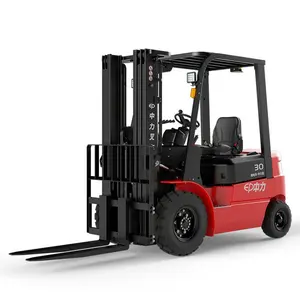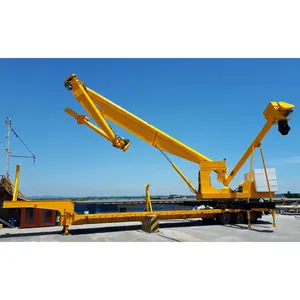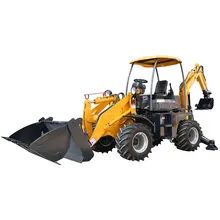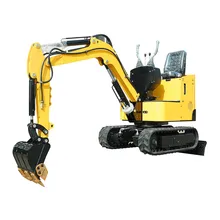Adherence to safety measures is critical in crane operations. The OSHA Standard for Cranes and Derricks in Construction provides essential guidelines to mitigate common hazards such as electrocution, crushing, equipment or load strikes, and falls. Ensuring that all personnel involved in crane operations are well-trained and certified is a key safety practice, along with daily inspections of the cranes. These inspections encompass a variety of checks, from pre-start to safety systems and hydraulic checks.
Choosing the appropriate crane for the task is fundamental to safety, with considerations for whether the crane is mobile or fixed, depending on the project's needs. Crane stability is crucial, often requiring outriggers and stabilizers on mobile cranes to prevent tipping. The ground must be firm and graded to support the crane's weight adequately. Proper rigging of the load is vital to prevent accidents, and a qualified rigger is necessary for operations, particularly when workers are in the fall zone.
Operators should always be aware of the crane's load radius and limits, recognizing that the lifting capacity decreases as the load moves further from the crane's center. Even with modern cranes that have load indicators, operators need to be adept at reading load charts to ensure safe lifting. Effective communication on the job site is essential, with qualified signal persons using standard signals to direct the crane operators, keeping them informed of any changes or hazards during the lift.
Regular safety inspections by competent individuals are mandatory, including monthly documentation and an annual comprehensive review by a qualified inspector. These practices are not just for compliance but are fundamental to maintaining a safe working environment for all involved in crane operations.































 浙公网安备 33010002000092号
浙公网安备 33010002000092号 浙B2-20120091-4
浙B2-20120091-4